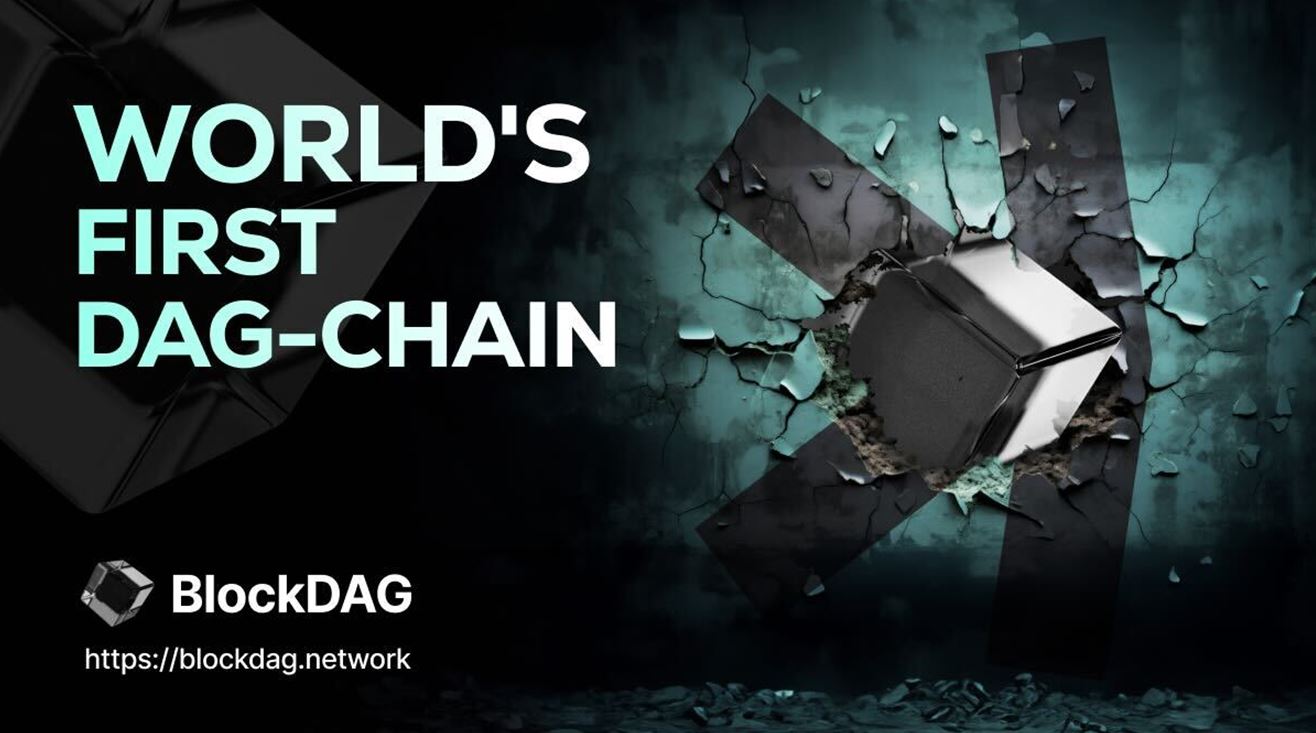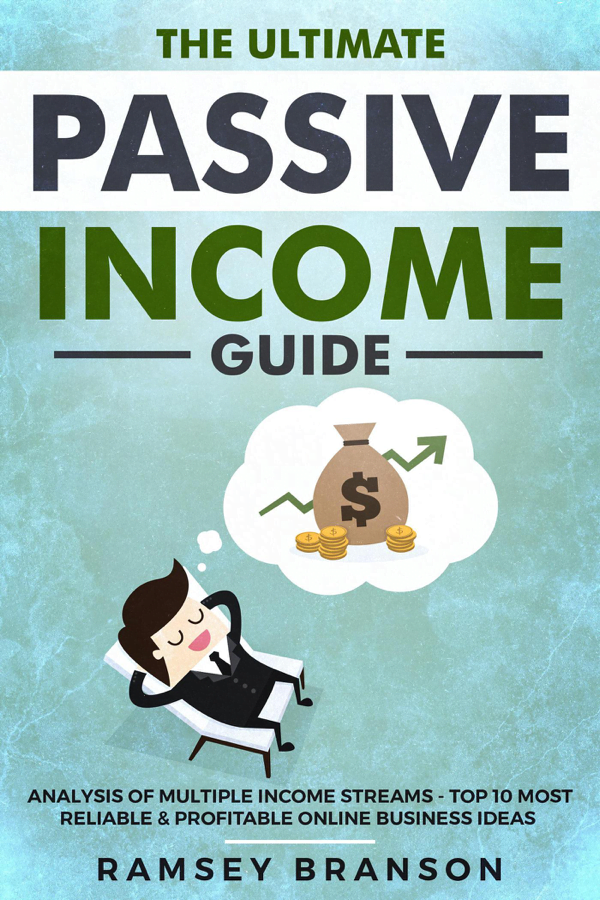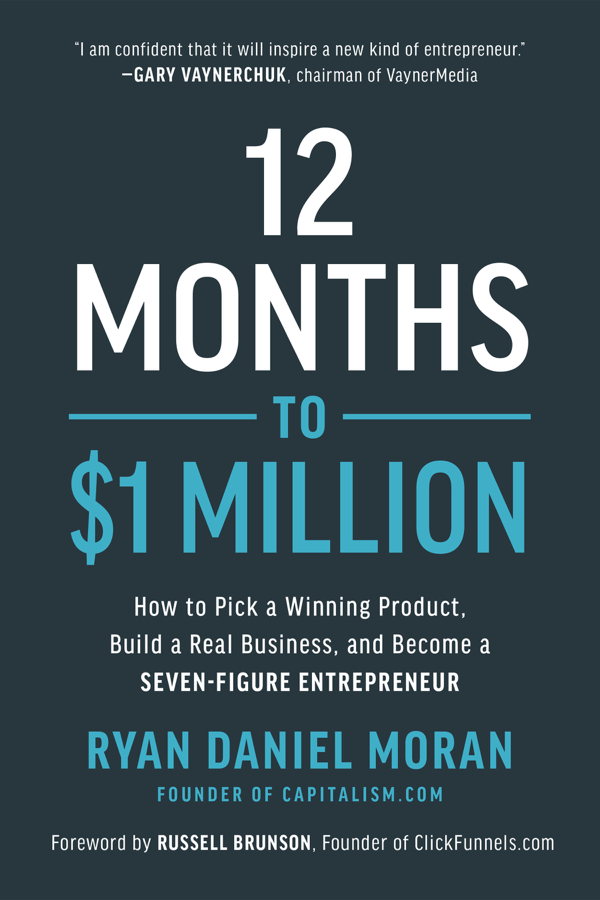
Why Relationship Marketing Is the Future
In today’s fast-paced digital age, businesses are no longer thriving by merely offering great products or competitive pricing. Instead, the focus has shifted toward building meaningful, long-lasting relationships with customers. This is where relationship marketing comes in—a strategy centered around fostering loyalty, engagement, and a sense of community among consumers. As transactional marketing becomes less effective, relationship marketing is emerging as a game-changer for businesses, enabling them to retain customers, build brand advocates, and stay competitive.
In this article, we’ll explore why relationship marketing is the future, its benefits, and how brands can effectively implement it to grow their customer base and build a thriving community.
The Shift from Transactional to Relationship Marketing
Transactional marketing is a short-term strategy focused on driving immediate sales, often through discounts, promotions, and one-off campaigns. While this method works well in the short run, it often fails to build brand loyalty. Customers who respond to discounts or offers may not come back once those incentives disappear. Over time, this can lead to a revolving door of customers, where businesses are constantly seeking new ones to replace the ones they’ve lost.
In contrast, relationship marketing is a long-term strategy that focuses on creating strong connections with customers. It involves personalizing interactions, offering value beyond the transaction, and maintaining consistent communication to foster loyalty. In a relationship marketing approach, the goal is to keep customers coming back not just because of a discount but because they feel valued and part of the brand’s community.
Key differences between Transactional and Relationship Marketing:
- Short-term vs. Long-term: Transactional marketing aims for immediate gains, while relationship marketing focuses on long-term benefits.
- Price-driven vs. Value-driven: Transactional strategies often revolve around pricing, whereas relationship marketing emphasizes value and experience.
- Customer turnover vs. Customer retention: Transactional marketing may attract one-time buyers, while relationship marketing prioritizes keeping customers engaged for the long haul.
The Role of Community in Relationship Marketing
One of the core tenets of relationship marketing is building a community around your brand. Communities are powerful because they foster a sense of belonging, which naturally leads to brand advocacy. When customers feel part of a larger group with shared interests or values, they are more likely to engage with and promote the brand organically.
Building a community can take various forms:
- Online forums and groups: Brands can create spaces where their customers can connect, ask questions, and share experiences.
- Social media engagement: Actively interacting with customers through platforms like Twitter, Instagram, and Facebook builds a sense of connection.
- Brand-led events: Whether virtual or in-person, events such as webinars, product launches, or meet-ups can bring customers together.
The Benefits of Relationship Marketing
1. Increased Customer Loyalty
Loyalty is one of the most significant benefits of relationship marketing. When customers feel emotionally connected to a brand, they are more likely to make repeat purchases. Loyal customers not only bring consistent revenue but are also less sensitive to price changes, meaning they will continue to buy even without promotions or discounts.
2. Higher Customer Lifetime Value (CLV)
Customer lifetime value refers to the total worth of a customer to a business over the entire duration of their relationship. Relationship marketing encourages longer, more meaningful relationships, which naturally leads to a higher CLV. Retaining customers through personalized and community-driven experiences can increase their overall value to your business.
3. Better Word-of-Mouth Marketing
Satisfied, loyal customers are more likely to recommend your business to others. With social media amplifying voices more than ever before, word-of-mouth marketing has become one of the most effective and trusted forms of promotion. When customers feel genuinely connected to a brand, they share their positive experiences with friends and family, often through social platforms, amplifying your brand’s reach.
4. Stronger Emotional Connection
Relationship marketing focuses on emotional bonds rather than transactions. By personalizing your communication and providing value beyond your product or service, you create emotional ties with your customers. These emotional connections lead to trust, which is a crucial factor in retaining customers and cultivating brand advocates.
5. Increased Customer Engagement
Building strong relationships encourages two-way communication. Relationship marketing gives customers opportunities to voice their opinions, provide feedback, and engage with the brand. This active engagement not only makes customers feel heard but also offers valuable insights to businesses, allowing them to tailor their products, services, and marketing strategies.
How to Implement Relationship Marketing
To effectively adopt relationship marketing, brands must go beyond traditional advertising and transactional approaches. Here are some strategies to build and nurture customer relationships:
1. Personalization
Today’s consumers expect personalized experiences. From tailored emails to product recommendations based on previous purchases, personalization makes customers feel understood and valued. Technologies such as AI and customer data platforms (CDPs) can help businesses offer personalized interactions at scale.
2. Content Marketing
Providing value through content—whether it’s blog posts, how-to guides, or educational videos—helps establish trust and keeps customers engaged. Content marketing is a powerful tool to position your brand as an industry authority while offering ongoing value to your audience.
3. Loyalty Programs
Loyalty programs incentivize repeat purchases by rewarding customers for their ongoing business. These programs can range from simple point systems to exclusive memberships offering special perks. A well-designed loyalty program can make customers feel appreciated and encourage long-term engagement.
4. Active Social Media Presence
Being active on social media is essential for relationship marketing. It provides an opportunity for two-way communication, enabling brands to engage with customers in real time. Responding to comments, addressing concerns, and celebrating customer success stories can help build stronger relationships.
5. Customer Service Excellence
Outstanding customer service is the backbone of relationship marketing. When customers have a positive experience with a brand’s customer service, they are more likely to return. Offering multiple communication channels, fast responses, and proactive support can turn potentially negative experiences into opportunities to strengthen relationships.
The Future of Relationship Marketing
As more brands recognize the limitations of transactional marketing, the shift to relationship marketing is inevitable. With consumers becoming increasingly selective about the companies they support, building meaningful connections will be critical to long-term success. Companies that prioritize community-building, personalized experiences, and emotional engagement will stand out in a crowded marketplace.
Looking forward, technologies like AI and big data analytics will further enhance relationship marketing efforts, enabling businesses to deliver even more personalized experiences. Brands that leverage these tools to foster genuine relationships will not only retain customers but turn them into brand advocates who help grow the community.
Case Studies: Real-World Successes in Relationship Marketing
To illustrate the impact of relationship marketing, let’s look at a few brands that have mastered this strategy.
- Starbucks: Starbucks has one of the most successful loyalty programs in the world, known as My Starbucks Rewards. By offering personalized deals and rewards, customers feel valued and are encouraged to return frequently. The app makes it easy for customers to track points, order ahead, and redeem rewards. This loyalty program has helped Starbucks foster a strong sense of community and increase customer retention.
- Apple: Apple’s ecosystem is a prime example of community-building around products. Apple users feel like they are part of an exclusive club, thanks to the seamless integration of their products and services. Apple’s community-driven approach to events, product launches, and customer engagement keeps users loyal, often turning them into brand advocates who recommend the products to others.
- Nike: Nike’s approach to relationship marketing is built around personalization and engagement. Through their Nike+ app, the brand offers tailored workout suggestions, tracks progress, and provides a community where users can share achievements. Nike also frequently engages with customers on social media, fostering an emotional connection with its brand.
These examples highlight how successful relationship marketing efforts lead to increased loyalty, customer retention, and brand advocacy.
Data and Statistics: Why Relationship Marketing Matters
If you’re still on the fence about the importance of relationship marketing, consider these key statistics that demonstrate its power:
- Customer retention is vital: A Harvard Business Review study found that increasing customer retention rates by just 5% can increase profits by 25% to 95%.
- Emotional connection drives loyalty: According to a Gallup study, customers who are emotionally connected to a brand have a 306% higher lifetime value.
- Customer experience matters: Research from PwC shows that 86% of buyers are willing to pay more for a better customer experience.
- Repeat customers are more valuable: On average, repeat customers spend 67% more than new customers, according to Bain & Company.
These figures underscore the long-term value that relationship marketing brings to businesses, emphasizing the importance of fostering loyalty and community.
Challenges and Pitfalls of Relationship Marketing
While relationship marketing offers many benefits, it’s not without its challenges. Here are a few common pitfalls, along with solutions:
- Over-reliance on Automation: While tools like chatbots and automated email campaigns can help scale marketing efforts, over-reliance on automation can make interactions feel impersonal.
Solution: Balance automation with personalized touches. Use customer data to segment audiences and deliver relevant, personalized messages. - Scaling Personal Relationships: As businesses grow, maintaining personal relationships with customers can become difficult.
Solution: Implement robust CRM systems to track customer interactions and preferences, enabling you to personalize at scale. - Balancing Short-term and Long-term Goals: Many businesses struggle to balance the immediate need for sales with the longer-term goal of building relationships.
Solution: Integrate relationship-building into your transactional marketing efforts. For example, after a purchase, follow up with personalized recommendations or exclusive offers.
By being aware of these challenges and addressing them strategically, businesses can maintain the effectiveness of their relationship marketing efforts over time.
Role of Technology in Scaling Relationship Marketing
Technology plays a crucial role in helping businesses implement and scale relationship marketing. Some of the most impactful tools include:
- Customer Relationship Management (CRM) Systems: Tools like Salesforce or HubSpot allow businesses to track interactions, segment customers, and automate personalized messaging based on customer behavior and preferences.
- AI and Machine Learning: AI can analyze large amounts of customer data to provide personalized product recommendations and tailored marketing campaigns at scale. Tools like chatbots can also handle customer queries, providing instant support and engagement.
- Social Listening Tools: Platforms like Hootsuite or Sprout Social help brands track online conversations about their products or services, enabling them to respond quickly and engage with customers in real-time.
These technologies make it possible for brands to offer personalized, meaningful interactions to a large audience without losing the personal touch that relationship marketing requires.
Measuring Success in Relationship Marketing
Success in relationship marketing can’t be measured solely by immediate sales. Instead, businesses should focus on long-term metrics that indicate strong customer relationships:
- Customer Retention Rate (CRR): This measures the percentage of customers who continue to do business with your company over a set period. A higher retention rate is a sign that your relationship marketing efforts are effective.
- Customer Lifetime Value (CLV): CLV calculates the total worth of a customer throughout their relationship with your business. Increasing CLV is a key goal of relationship marketing.
- Net Promoter Score (NPS): NPS measures customer satisfaction and loyalty by asking customers how likely they are to recommend your brand. A high NPS indicates strong customer relationships.
- Customer Satisfaction Score (CSAT): CSAT measures the immediate satisfaction of customers after an interaction, product purchase, or service experience. Keeping this score high ensures that customers remain engaged and loyal.
By tracking these metrics, businesses can gauge the effectiveness of their relationship marketing strategies and make data-driven adjustments.
Relationship Marketing Across Different Industries
While relationship marketing is highly effective in retail, it’s also applicable to a wide variety of industries:
- B2B (Business-to-Business): Relationship marketing is crucial in B2B industries, where decision-making cycles are longer and the need for trust and credibility is higher. B2B companies use CRM tools, personalized communication, and customer success programs to build strong relationships.
- Service-Based Industries: In industries such as healthcare, finance, or hospitality, relationship marketing is often essential. Personalized customer service, proactive communication, and tailored services ensure clients feel valued and understood, fostering long-term relationships.
Understanding how relationship marketing functions in different sectors can help businesses tailor their approach and maximize the strategy’s impact.
Conclusion
Relationship marketing is not just a trend—it’s the future of customer engagement. By focusing on long-term connections, businesses can cultivate loyal customers, build thriving communities, and enjoy sustainable growth. As digital marketing continues to evolve, the brands that prioritize relationships over transactions will be the ones that thrive.
















Terrence
November 11, 2024Hello there! Do you know if they make any plugins to assist with Search Engine Optimization? I'm trying to get my blog to rank for some targeted keywords but I'm not seeing very good gains. If you know of any please share. Appreciate it!
JGH Marketing
November 15, 2024Hello! Yes, there are several excellent SEO plugins designed to help optimize your blog and improve its search rankings. Here are a few popular options: Yoast SEO – One of the most widely used plugins, it provides comprehensive tools for optimizing content, meta descriptions, keyword targeting, readability analysis, and more. Rank Math – Offers a robust feature set with keyword tracking, schema markup, and easy-to-use SEO analysis tools. It’s great for those looking for more customization and advanced options. All in One SEO Pack – This plugin is beginner-friendly and includes features like XML sitemap creation, meta tags, and integration with social media. SEOPress – A powerful and simple plugin that helps manage titles, meta descriptions, and Open Graph tags. It's known for being lightweight and effective. Ahrefs SEO WordPress Plugin – Useful for advanced users looking for in-depth keyword and backlink analysis directly connected to the Ahrefs database. These tools can help you optimize your blog content for targeted keywords and boost your visibility in search results. Give them a try, and see which works best for your specific needs. Good luck with your blog's SEO journey!